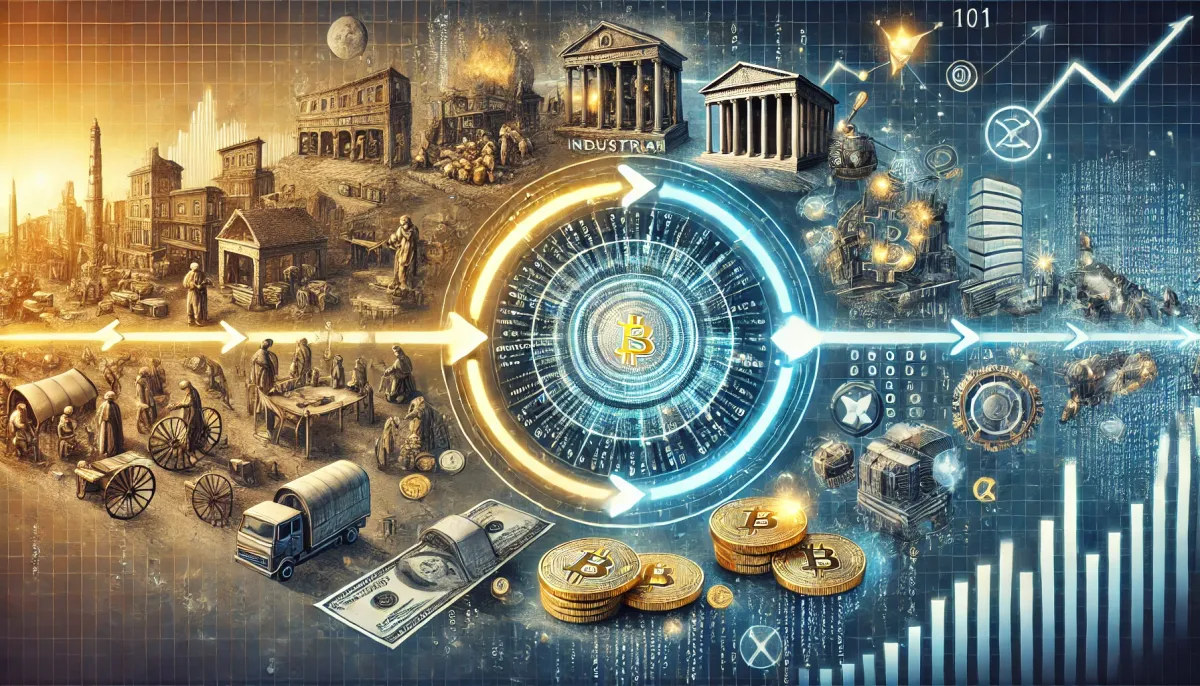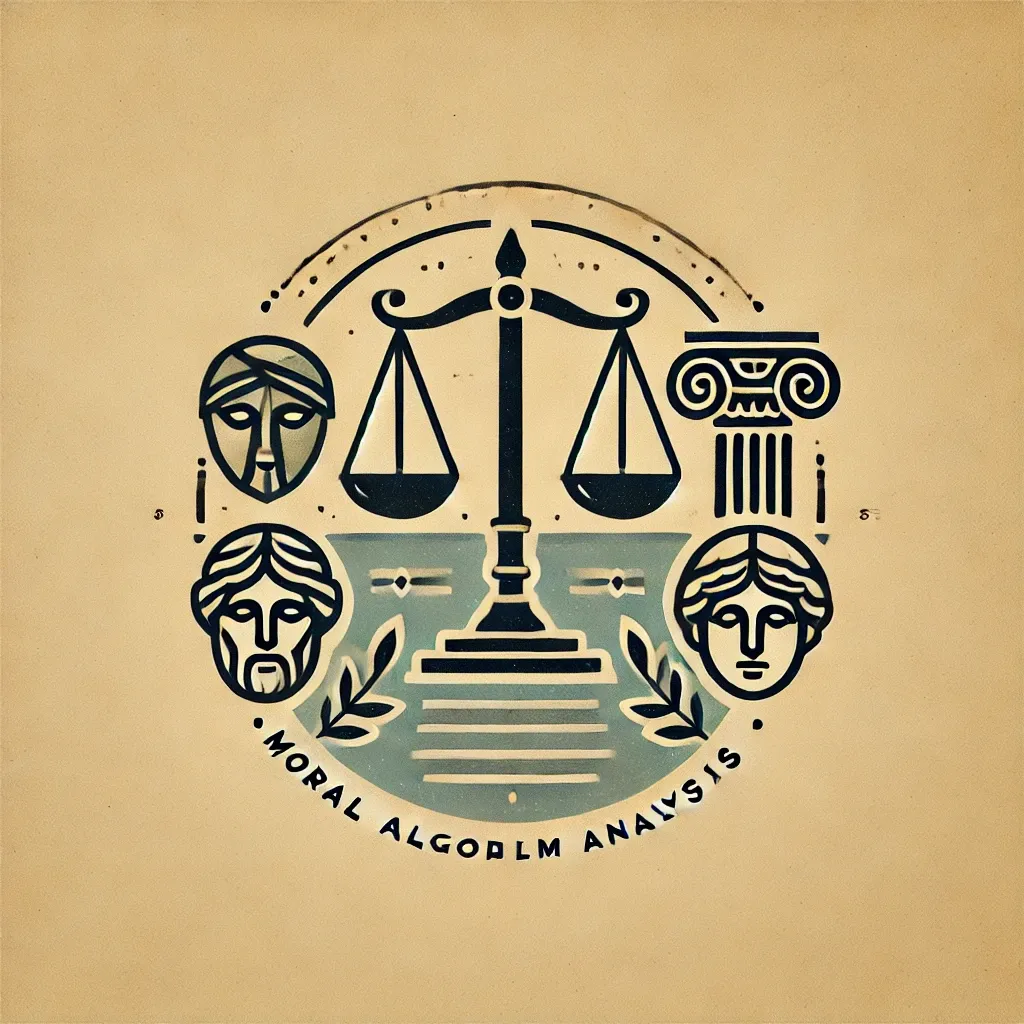Economics, Politics, and the Path to Societal Stability
A conversation that explores the intertwined nature of economics and politics, emphasizing that a deep understanding of both is crucial to avoid societal collapse

The Evolution of Economic Theories and Currency: From Commodity to Fiat and Chartalism
Grammar: Defining Key Economic Theories, Currency Systems, and Chartalism
Economic systems and their underlying currencies have evolved significantly, reflecting shifts in how governments manage economies and exert control. This evolution highlights critical weaknesses in commodity-based systems while validating the flexibility of fiat and Chartalist approaches.
- Commodity-based currency: Historically tied to scarce resources like gold or silver, this system grounded currency value in the perceived rarity and intrinsic worth of these commodities. Economic theories from this period were focused on maintaining scarcity to preserve value, a system vulnerable to changes in the availability of the commodity.
- Fiat currency: Detached from physical commodities, fiat money derives its value from trust in the issuing government and its policies. This system allows for greater flexibility in managing economic conditions but relies on the government’s credibility to avoid devaluation.
- Chartalism: Chartalism reframes money as a creation of the state, arguing that its value comes from the government’s ability to enforce its use—primarily through taxes and legal obligations. This theory underpins modern fiat systems, emphasizing the role of government in shaping currency value and economic outcomes.
- Taxes: Initially used to collect needed resources for governments, taxes have evolved in fiat systems to serve as tools for controlling inflation, managing economic activity, and redistributing wealth.
Logic: The Vulnerabilities of Commodity-based Systems and Chartalism’s Strengths
1. The intrinsic weakness of commodity-based currency:
- Scarcity dependence: Commodity currencies rely on the scarcity of their underlying asset to maintain value. This creates stability only as long as the commodity remains scarce.
- Example of aluminum:
- In the 19th century, aluminum was considered more valuable than gold due to its rarity and difficulty of extraction. The top of the Washington Monument was even capped with aluminum as a symbol of wealth and progress.
- With the development of new extraction methods, aluminum became abundant and lost its status as a precious material. A hypothetical aluminum-based currency would have been destabilized as its value plummeted.
2. Potential future challenges with rare minerals:
- Asteroid mining: Advances in space exploration may lead to mining operations on asteroids rich in rare minerals like gold, platinum, and rare earth elements.
- These minerals, currently scarce and valuable, could become abundant and dramatically lose value, disrupting any economic system tied to their scarcity.
- If currencies were still commodity-based, such developments would create massive inflationary pressures as the market became flooded with previously scarce materials, destabilizing economies globally.
3. The advantages of fiat and Chartalism in this context:
- Fiat currencies are not tied to the scarcity of any physical material, allowing them to maintain stability regardless of changes in resource availability.
- Chartalist principles reinforce the state’s ability to adapt economic systems to new realities by decoupling money from commodity value. Money retains its worth through its acceptance for taxes and legal obligations, providing resilience against fluctuations in resource availability.
4. The role of taxes in regulating value:
- Under commodity-based systems, taxes were needed to accumulate physical wealth for government spending.
- In fiat systems influenced by Chartalism, taxes act as a counterbalance to inflation and ensure economic stability. They serve to regulate the amount of money circulating in the economy, preventing overheating and maintaining the currency’s purchasing power.
Rhetoric: The Implications of Moving Beyond Commodity-based Currency
The weaknesses of commodity-based currencies, demonstrated by historical examples like aluminum and potential future scenarios like asteroid mining, underscore the necessity of more adaptable systems. Chartalism and fiat currency offer robust alternatives that ensure stability and empower governments to manage economies effectively.
1. Lessons from history:
- The story of aluminum illustrates how technological advances can disrupt the perceived scarcity of a commodity, rendering it unsuitable as the foundation for a stable currency.
- Similar disruptions occurred with gold during periods of large discoveries (e.g., the California Gold Rush), which temporarily destabilized gold-backed economies by increasing the money supply without corresponding economic growth.
2. Preparing for the future:
- As humanity begins mining asteroids or tapping into deep-sea resources, the abundance of previously scarce materials will require economic systems to be decoupled from physical assets. A failure to do so would risk global economic chaos.
- Fiat and Chartalist systems, which derive value from government policy and societal trust, are uniquely suited to handle such changes.
3. The evolving role of taxes:
- Taxes no longer serve as a means of collecting physical resources but act as instruments of monetary policy. By removing excess money from circulation, taxes prevent inflation and ensure that the currency retains its purchasing power.
- Governments can use taxes to guide economic activity, incentivizing or disincentivizing behaviors to align with societal goals (e.g., environmental taxes or subsidies).
Conclusion:
The shift from commodity-based currencies to fiat systems and Chartalist principles reflects an ongoing adaptation to the vulnerabilities inherent in scarcity-based economic models. By decoupling money from physical commodities, modern systems ensure resilience in the face of technological advances and resource abundance. Taxes, once a tool for revenue collection, now serve as powerful instruments for inflation control and economic stability.
Chartalism offers a compelling framework for understanding these changes, emphasizing the role of government in creating and managing currency. As humanity faces new challenges, from asteroid mining to global economic integration, these modern theories provide the flexibility and stability necessary for sustainable growth. By embracing these principles, societies can move beyond the limitations of the past and build economies that are both dynamic and equitable.
How Economics and Politics Are Intertwined: Lessons from History and the Perils of Neoliberalism
Grammar: Definitions of Economics, Politics, and Their Interconnection
Economics and politics have always been deeply intertwined. At their core:
- Economics governs the allocation of resources, distribution of wealth, and mechanisms of exchange within societies.
- Politics involves the power structures, decision-making processes, and policies that shape governance and societal order.
- Interconnection: Economic policies are the tools by which political priorities are enacted, while political systems influence the design and outcomes of economic frameworks. This feedback loop ensures that one cannot be understood or successfully implemented without a deep grasp of the other.
Historical Examples of Interconnection:
- Feudalism: Political hierarchies dictated economic arrangements, with landowners controlling both governance and production.
- Industrial Capitalism: Political institutions shaped labor laws and market structures, defining economic opportunities and risks.
- Neoliberalism: Since the 1970s, a political shift toward deregulation and privatization has reshaped global economies, emphasizing markets over state control.
Logic: Why Deep Understanding of Economics and Politics Is Essential
The history of societal collapses and governance failures reveals that ignoring the interplay between economics and politics leads to short-sighted policies and systemic breakdowns.
1. Neoliberalism and Short-Term Thinking
- Roots of Neoliberalism: Emerging in the late 20th century, neoliberal policies promoted minimal government intervention, deregulation, and privatization. Proponents argued that free markets would lead to efficient resource allocation and growth.
- Unintended Consequences: By decoupling economic priorities from broader political considerations like equity and stability, neoliberalism led to:
- Wealth concentration and rising inequality.
- A weakening of public institutions.
- Financial crises fueled by underregulated markets.
- Political Blindness: Neoliberalism failed to account for the need for robust political structures to manage externalities and ensure inclusive prosperity.
2. Historical Failures and the Risk of Collapse
- Rome’s Decline: Economic inequality and overreliance on enslaved labor, coupled with political instability, eroded the empire’s foundation.
- The Great Depression: Weak regulatory oversight allowed speculative excesses, requiring political intervention (e.g., New Deal policies) to stabilize the economy.
- Modern Implications: Policies focused solely on short-term economic gains—without considering social and political stability—risk societal fragmentation.
3. Lessons from Historical and Contemporary Theories
- John Adams Governments are instituted “for the common good” not private interests. Economic policies must prioritize broad prosperity to align with political principles.
- Modern Monetary Theory (MMT): Recognizes that political institutions drive economic outcomes. Policies like universal basic services or public investment can address inequalities exacerbated by neoliberalism.
- Institutional Economics: Effective political institutions foster inclusive economic systems, ensuring stability and long-term growth.
Rhetoric: The Path Forward to Avoid Societal Failures
The lessons of history and the challenges of the present highlight the urgent need to reintegrate political and economic understanding.
1. Moving Beyond Neoliberalism
- Reassessing Priorities: Markets alone cannot address societal needs like education, healthcare, or environmental protection. Political frameworks must guide economic policies to ensure equitable outcomes.
- Inclusive Institutions: Broad-based participation in political decision-making fosters economic systems that work for the majority rather than elite interests.
- Revised Role of Taxes: Taxes in a modern fiat system are not primarily for revenue collection but for managing inflation, redistributing wealth, and incentivizing productive behaviors.
2. Leveraging Economic and Political Synergy for Stability
- Integrated Design: Policies must balance economic growth with social equity. For example:
- Public investments in infrastructure and education (economic policy) can reduce inequality and foster political stability.
- Transparent governance systems (political policy) build trust and encourage economic participation.
- Adapting to Technological Change: With AI and automation reshaping labor markets, political systems must implement economic policies that ensure no one is left behind, as outlined in the “Universal Economic Floor” framework.
3. Preventing Collapse Through Holistic Governance
- Empirical Insights: Research consistently shows that societies with inclusive political and economic institutions outperform those dominated by extractive, exclusive systems.
- Proactive Policies: Governments must anticipate and mitigate risks, such as wealth concentration or resource depletion, which have historically led to collapse.
- Global Coordination: In an interconnected world, economic and political frameworks must extend beyond national borders to address shared challenges like climate change and financial instability.
Conclusion:
The failure to integrate economics and politics has historically been a key driver of societal collapse, as seen in examples ranging from Rome to neoliberal America. To avoid repeating these mistakes, policymakers and citizens alike must embrace a holistic approach that prioritizes the common good over short-term profits or ideological purity. By understanding the deep interplay between economic and political systems, societies can build resilient, equitable frameworks capable of addressing both present challenges and future uncertainties.
This integration is not merely theoretical but essential for ensuring long-term prosperity and avoiding the pitfalls that have undone civilizations throughout history.
